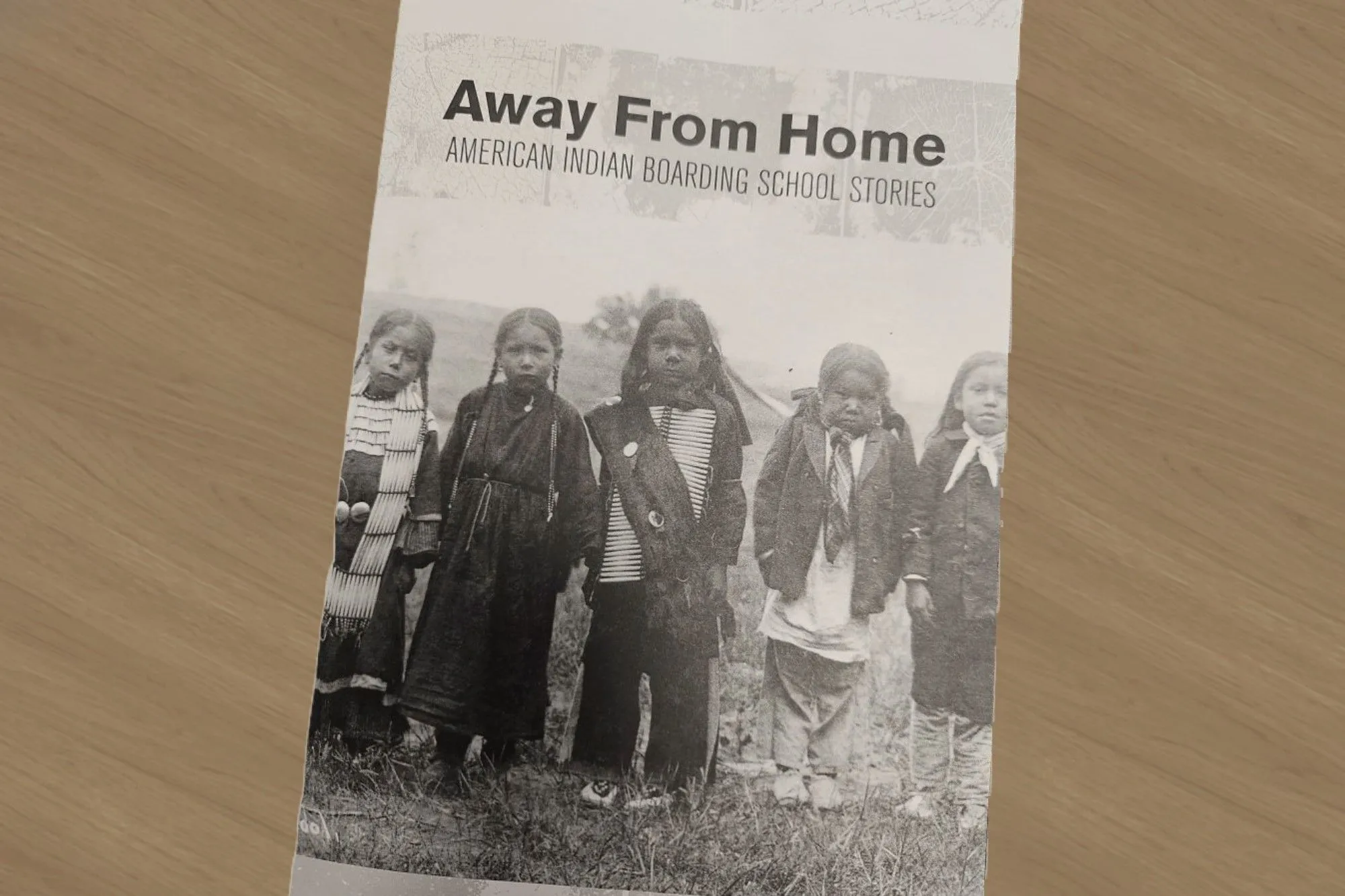Native American Life Expectancy, Suicide Rates, and the Legacy of Boarding Schools in Montana and South Dakota
The life expectancy of Native Americans in Montana is 17 years shorter than that of the state’s white population. In South Dakota, the gap is 22 years.
Mounting suicide deaths are compounding the problem.
From 2000 to 2020, the suicide rate among Native American and Alaska Native (NA/AN) women grew by 135% and among men by 92%. The population-wide national average grew by only 30%.
Earlier this month, I visited a powerful exhibit in Billings, MT, called “Away from Home: American Indian Boarding School Stories”.
It vividly recounted how hundreds of thousands of NA/AN youth were forcibly taken from their homes by the US government in the late 19th and early 20th century.
The children were sent to distant boarding schools where they were isolated from their families, stripped of their culture, and abused.
The decades-long trauma inflicted on the NA/AN communities and cultures continues to be felt today.
In fact, researchers at the Johns Hopkins Center for Indigenous Health report that the elevated suicide rates can be explained in part by the long-term effects of the boarding school era.
Our work is to ensure that people in rural communities in and around Montana get access to quality psychiatric care and addiction treatment.
Better access to care will take us only so far. This is a reminder that culture and history can be underappreciated forces driving population health.
